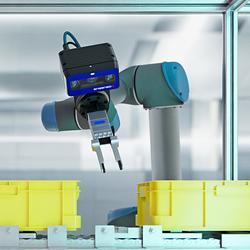AIA Praises Committee Action to Allow UAS in Post-Disaster Recovery
The American Insurance Association (AIA) applauded the House Transportation and Infrastructure Committees action today to make it easier for property/casualty insurers to use unmanned aircraft systems (UAS) following natural disasters.
The American Insurance Association (AIA) applauded the House Transportation and Infrastructure Committees action to make it easier for property/casualty insurers to use unmanned aircraft systems (UAS) following natural disasters. The move came during the markup of H.R. 4441, the Aviation Innovation, Reform, and Reauthorization Act of 2016 (AIRR ACT), when the committee considered and adopted Representative Carlos Curbelos (R-FL) amendment on the subject.
"This language will improve insurers ability to use small UAS while protecting aircraft, people, businesses and property," said Tom Santos, AIAs federal affairs vice president. "In the immediate aftermath of natural catastrophes, the impacted areas are often dangerous and inaccessible. The use of small UAS will give insurers the ability to more safely access impacted areas, expedite claims payments and assist in recovery efforts to help local communities get back on their feet."
Current UAS operational limitations include permission requirements and line-of-sight restrictions. These restrictions are particularly burdensome in post-disaster environments when residents are often under evacuation orders. The Curbelo amendment allows for a suspension of these prohibitions following federally or state-declared disasters.
Santos thanked Rep. Curbelo for sponsoring the amendment. "We are grateful for Rep. Curbelo for his support of UAS and for taking action to ensure that policyholders and local communities can benefit from post-disaster UAS use."
Featured Product

